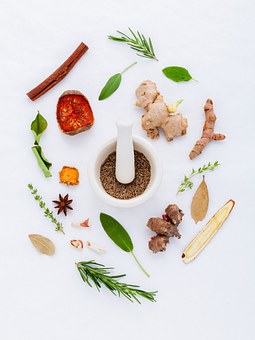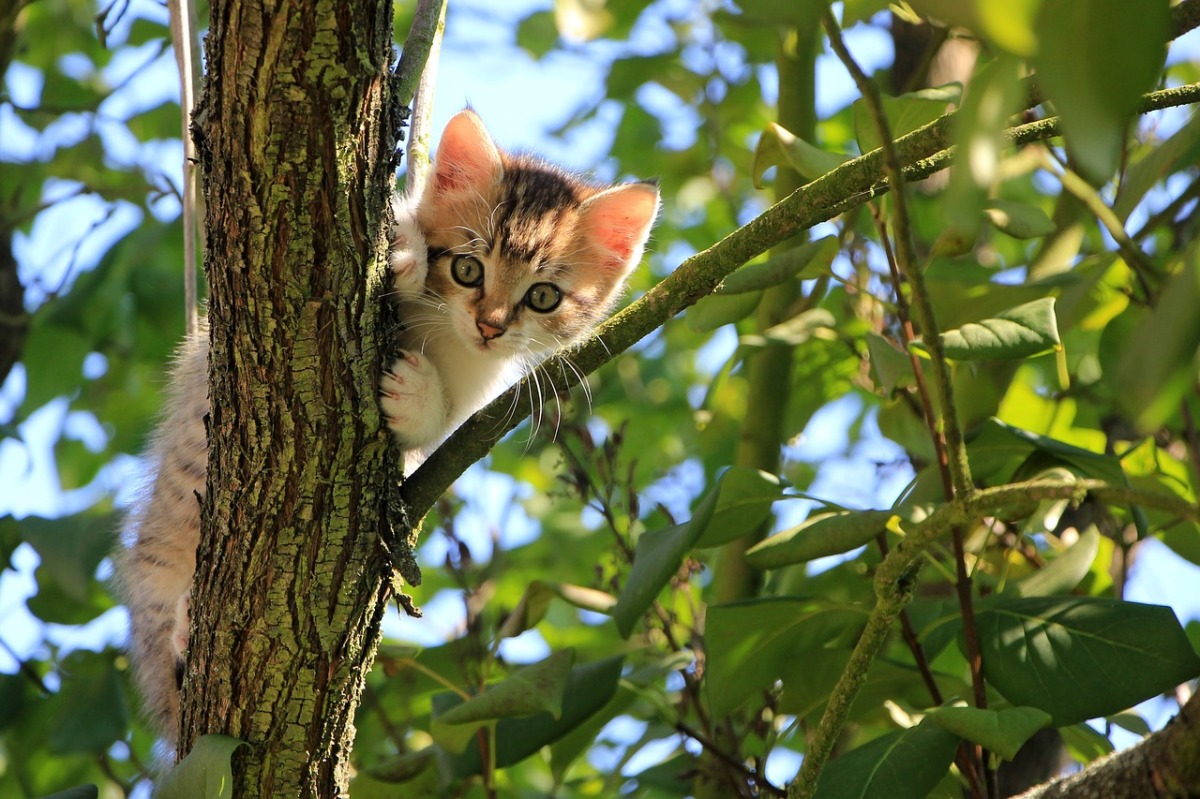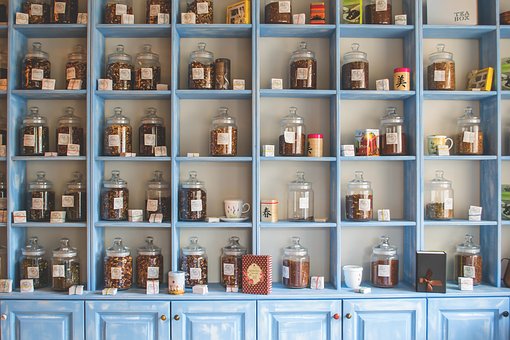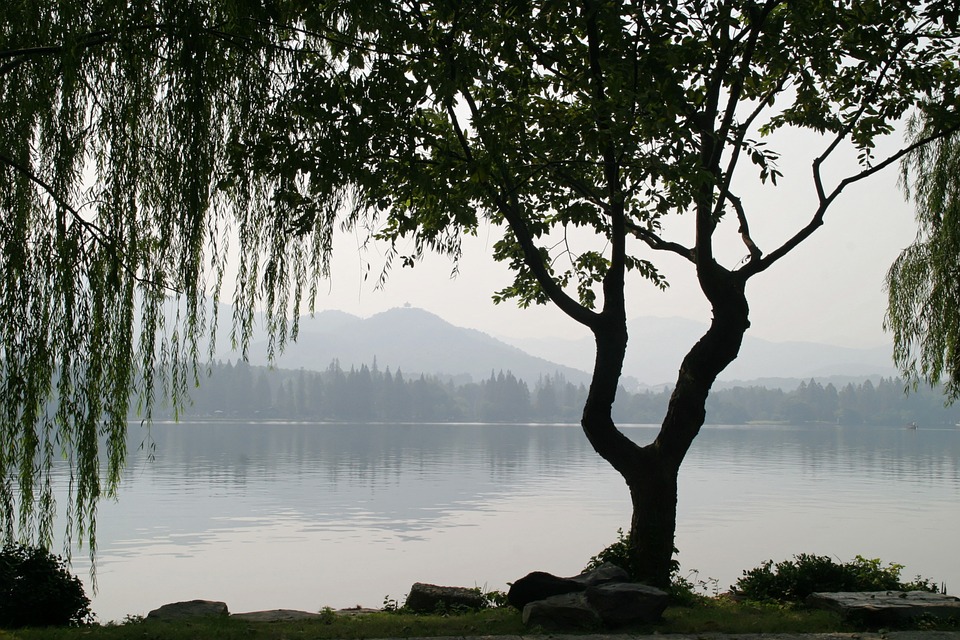Chionanthus virginicus
The plant commonly called the fringe tree is a deciduous tree or large shrub that can reach forty feet in height when mature. The tree has characteristic reddish brown colored scales on the thin bark. The leaves of the fringe tree are thick and are borne in opposite venation; each leaf is four to eight inches in length. The leaves have an elliptical to oval shape and are dark green on the top surface of the lamina, with a pale green color underneath. The fringe tree bears fragrant smelling white colored flowers during the summer from May to June; each flower is about four to six inches in length. Each flower possesses long white fringelike petals from which the tree derives its name. The tree bears fleshy, round, and dark blue colored fruits following the floral bloom.
Tag: bark
Big Sagebrush
Artemisia tridentata
Big sagebrush – a woody evergreen shrub, typically 2-10 feet tall. Big sagebrush has a stubby, branched trunk and a grayish-green bark, which shreds with age, and is topped by a rounded crown. Wedge-shaped leaves, about 1 inch long, have three teeth at the tip and are covered with silvery gray hairs that conserve moisture. The leaves of sage brush emit a pleasantly pungent aroma. Tiny yellow to whitish flower heads (September-October) grow in dense clusters at the ends of branchlets.
Dogwood
Latin Name Piscidia erythrina
Parts Used Bark
Gender Masculine
What is Cinnamon?
Scientific and medicinal info
Cinnamon is actually aromatic tree bark, one of the few herbs that is not a seed, root or leaf. The trees are native to various parts of Southeast Asia. Cinnamon is an extremely popular spice used in all forms of baking and cooking. Be careful with cinnamon oil. In a pure or essential state, it can be very irritating to the skin. Continue reading “What is Cinnamon?”
Beech
Fagus sylvatica
Beech is a native British tree growing to over 30m with a smooth grey bark. In woodland they often have no low branches though solitary trees will grow to a complete and balanced form with branches offering leaves for all available light. Leaf buds are long and slender on opposite spurs. Flowers form soon after the leaves appear with male and female on the same tree. The females mature a few days before the males to ensure cross pollination from a neighboring tree. They are seen as a reddish crown of bristly ‘mast’ which hardens to protect the nut. The male flowers hang beneath the branch on slender stalks like clustering earrings. They swing in the wind and so release pollen. The copper beech and weeping beech are both ornamental derivatives of F. sylvatica and they are not the true form.
ALMOND:
(Prunus dulcis) The Sweet Almond tree has dark-colored bark, rose to white flowers in early spring, and dry-fleshed fruit with a pitted stone containing the nut. Almonds flavor many dishes. Almond oil is a fixed oil pressed from the Sweet Almond seeds and is used in cosmetics, massage oils, and medicines. Almonds must be chewed well and slowly. The whole raw almond had been described as a cancer preventative.
Alder
The Alder is the tree of fire. In the battle of the trees, the Alder fought in the very front line. It is described as the very “battle witch” of all woods, the tree that is hottest in the fight. From the alder, you can make three different dyes, red from its bark, green from its flowers, and brown from its twigs; this symbolizes the elements of fire, water and earth. The Alder wood is the wood of the witches. Whistles may be made of this wood to summon and control the four winds. It is also the ideal wood for making the magical pipes and flutes. To prepare the wood for use, beat the bark away with a willow stick while projecting your wishes into it. The Alder is a token of resurrection. It is associated with Bran, as He used His body as a bridge to span dangerous waters. Alder indicates protection and oracular powers.
China officinalis/ Cinchon
by Anja Heij
This remedy is made from the Peruvian bark. For homeopaths China/Cinchona is a special remedy, for it were tests with this medicine that brought S. Hahnemann to the discovery of homeopathy. He noticed that large doses of quinine – made from the bark of this tree – produced the malaria symptoms the same substance in homeopathic form cures. Nowadays China is an important remedy in cases of weakness and exhaustion due to loss of body fluids. Think of it in grave perspiration or bleeding, long lasting breastfeeding or long lasting diarrhea. It can be the right remedy in a disease with fever (for instance a severe flu) when the person remains exhausted long afterwards.
Willow – (Salix Alba)
White willow, Tree of Enchantment, witches aspirin, moon tree, sacred to the Goddess, the letter S in the Tree Alphabet, night vision, lunar rhythms, female aspects, wands are used for moon magic, all parts of the tree ward against evil and may be carried or placed in the home for this purpose. Knock on willow tree (knock on wood) to avert evil. Leaves, bark and wood are used in healing spells, magical brooms, especially Witches brooms, are traditionally bounds with willow branches. Groves of willows were considered so magical that priests, priestesses and all types of artisans sat among these trees to gain eloquence, inspiration, skills and prophecies.







